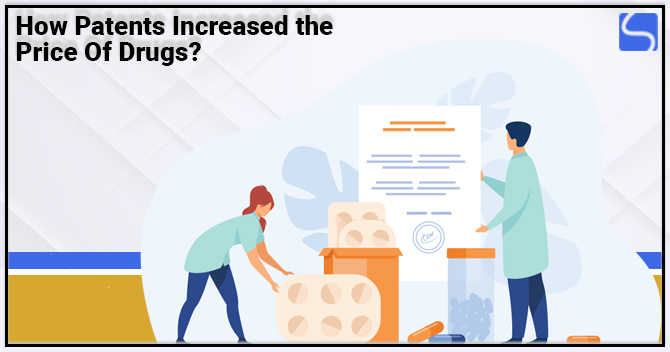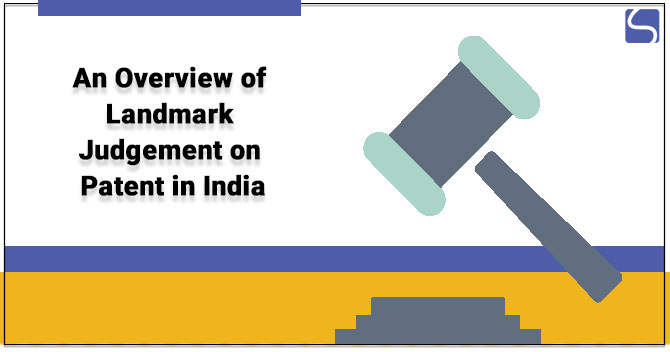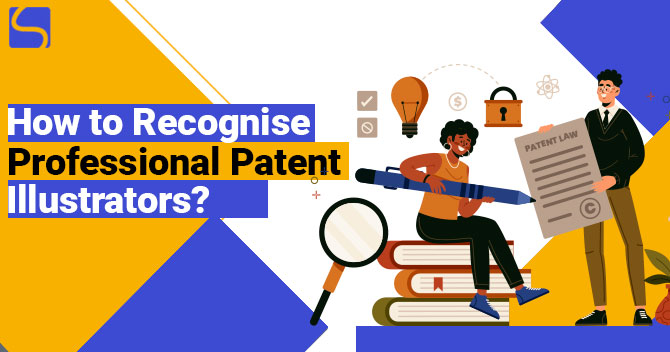How to get Patent Registration for Software in India?
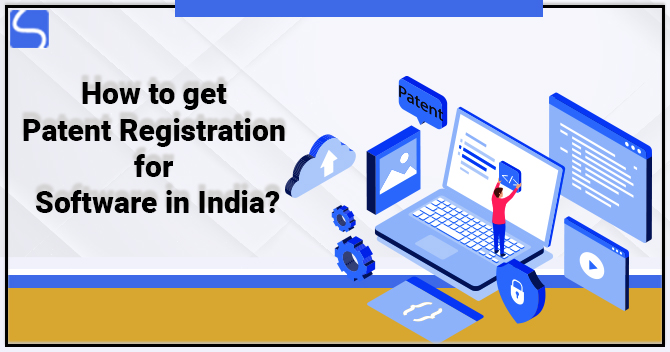
Karan Singh | Updated: Mar 17, 2021 | Category: Patent
With the sudden growth of technology and digital fields in India, several inventors and creators are creating various applications and developing different software. In India, with such creative minds, it isn’t easy to trust the factor that software patent filing in India has not been allowed completely. Every creator in India wants to make a brand and stand apart from the mass, wanting to get full right over their creations. Many young entrepreneurs or students and engineers are invention and creating new ideas every day, leading to an increase in the competition both nationally and globally, escalating the demand for Patent Registration for Software in India.
The legal protection of an individual’s creation was accepted quite late in India, with the Patent Act, 1970, and the Patent Rule, which came in 1972. Even after the Patent Act and Patent Rule introduction, there were some requirements and limitations to the objects patented by individuals. After this, the Act was altered, and the Patent Amendment Act came into effect in 2003, under which some of the creators/inventors were clearly excluded from the Patent Registration. Scroll down to check more information regarding the Patent Registration for Software in India.
Following are some inventions that cannot be patented in India:
- Innovations containing nosiness or mathematical methods;
- Any creation regarding music, art, cinematography, drama, or even television;
- Innovations which include algorithms or computer programme;
- Presentation of structure and information of integrated circuits.
Table of Contents
What are the Criteria to get Patent Registration for Software in India?
Following are some criteria that should be fulfilled to get Patent Registration for Software in India:
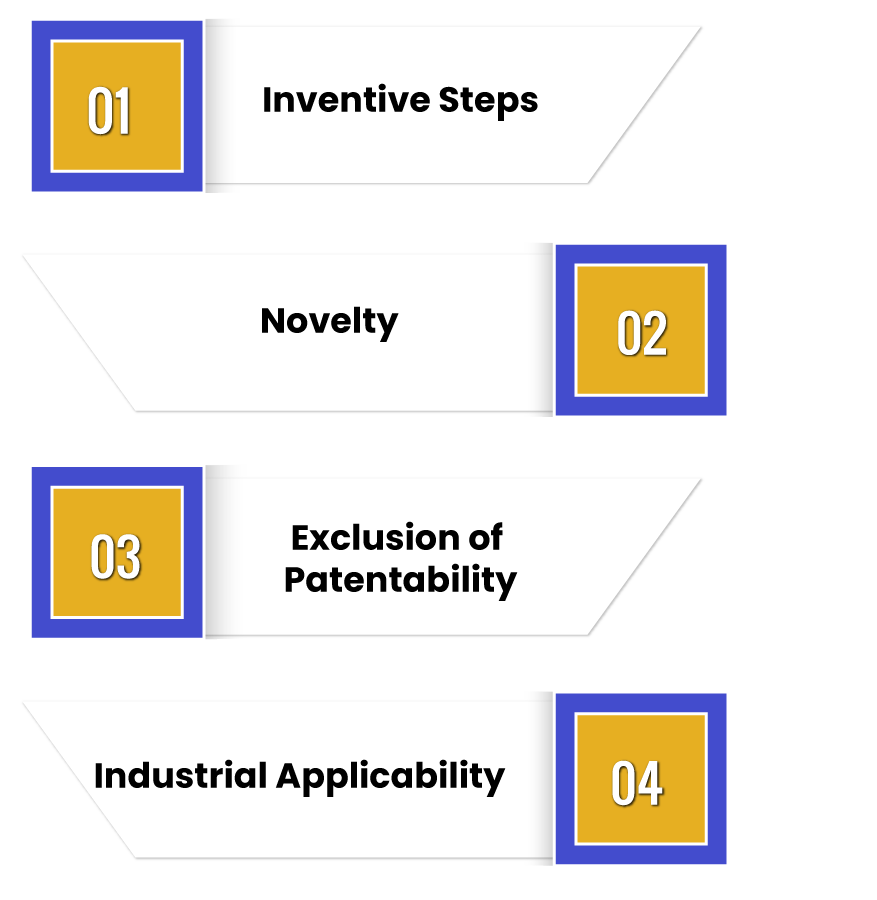
- Inventive Steps: The innovation must have some additional features of new technology than the current technological and economical impact.
- Novelty: The product or innovation which has to be patented must be unique and have not published anywhere else.
- Exclusion of Patentability: The rejection of patentability for mathematical or software programs.
- Industrial Applicability: The innovated product must be capable of use in the industry.
If the software justifies all the criteria as mentioned above, then only it is possible to get Patent Registration for Software in India. The software patent is not encouraged in India due to some reasons for innovation. As per the Government, if all the software is patented, then a mainstream of patents will be owned by a minority of firms and creators, limiting the innovation in a country like India, where the developers, coders must be given the freedom to innovate and discover for the betterment.
What are the Essential Documents Required for Patent Registration for Software in India?
Following is the list of all the crucial documents required at the time of Patent Registration for Software in India:
- Digital Signature Certificate (DSC) of the applicant.
- Authorization to the Patent Attorney.
- Submit a duly signed copy of the Patent specification.
- Documents of prior art in case of international application.
- The Patent Questionnaire.
- Declaration of Inventorship signed by the Inventor.
The specification should contain the following:
- Patent Title.
- Patent Claims.
- Flowcharts and Drawings, if any.
- A summary of the Patent Specification.
- Detailed specification displaying inventive steps.
Also, Read: A Complete Guide on Difference Between Patent and Copyright
What is the Procedure for Patent Registration for Software in India?
Following is the step by step procedure for Patent Registration for Software in India:
- Write down the concept and idea behind the innovation. Try to give detailed information comprising its invention area, working, coding, along with the benefits of it and how it is beneficial for the industry.
- To describe the working of the invention, try and contain objects, diagrams, layout, sketches, etc., which help in having a good viewpoint of the innovation.
- Then, check whether the innovation is enlisted and follows all the patent criteria.
- After having in-depth research, confirm and conclude whether you can continue with the patent application.
- After this, write a draft or file an application for Patent.
- Once all the requirements and conditions are fulfilled, publish the Patent application.
- After that, the next step is to Request for Application. Once the request is submitted, the examiner checks and examines the patent application, which is submitted by the Inventor.
- Answer and clear all the objections raised regarding your creation or invention.
- Once all the necessities and the patent process in India are successfully done, the innovator is finally granted the Patent and informed through the publishing of the innovation in the Patent Journal.
Note: Even the application process for Patent is easy, a lot of innovations are still not permitted to be patented in India, especially in the case of the technological ground, which includes the development of application and software, making it a difficult process and discouraging the programmers and coders from developing, constructing and testing for the better which will also lead to the country’s growth as an entire.
In India, the validity of the registered Patent is twenty years from the date of the filing of a patent registration application. After twenty years, it will automatically come under the public domain.
What is the Renewal of Patent Registration for Software in India, and how you can apply for it?
It is compulsory to renew the Patent every year; if the Patent is not renewed, otherwise it will be terminated, and it will automatically come under the public domain. In India, the renewal process of registered Patent is done by filing a renewal application of registered Patent and the prescribed fees. The renewal fee of Patent is payable at the end of the 2nd year of patent registration. In case the renewal fees are not paid within the due date, then the Patent gets ceased, and it can only be restored by filing a restoration application in the Form-15 within 18 months from the date it got ceased.
Conclusion
To get Patent Registration for Software in India, you need to fulfil all the conditions mentioned above. It is also concluded that patent registration is compulsory in India because it offers legal protection to your unique Patent. With the help of patent registration, you can sue anyone who is using or copying your Patent.
Also, Read: Draft Patents (Amendment) Rules 2021 Notified by MCI












